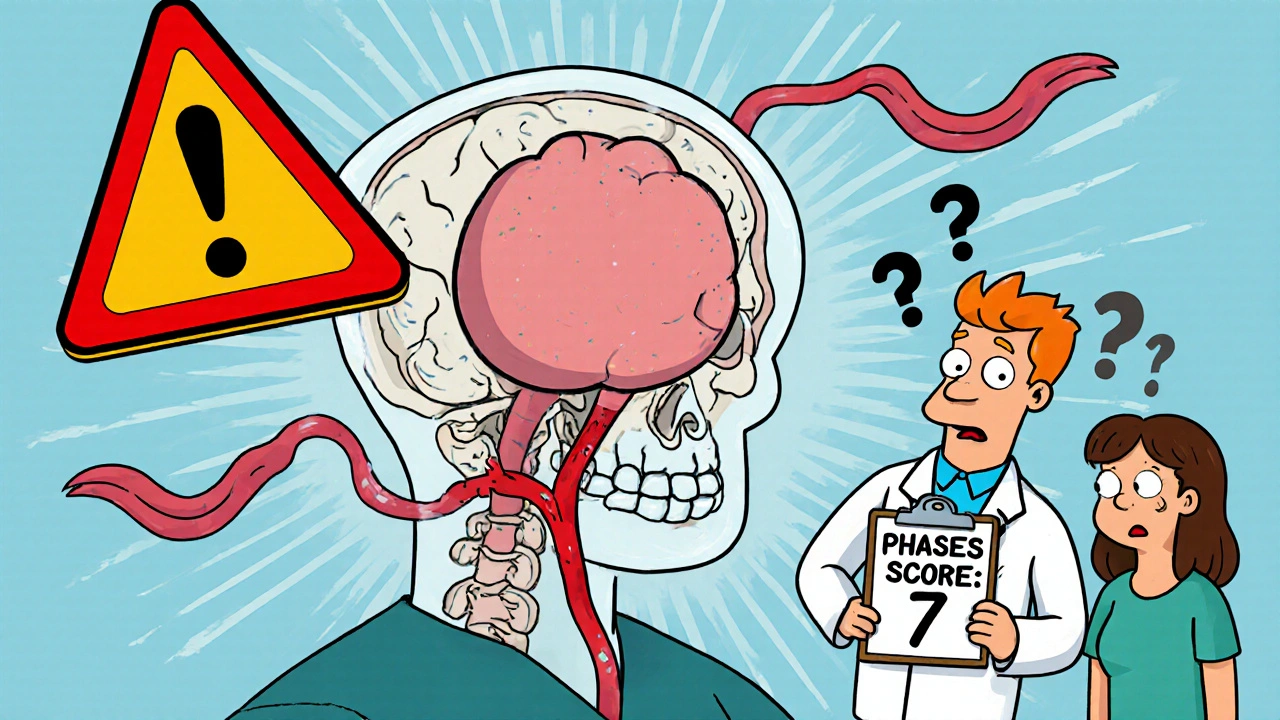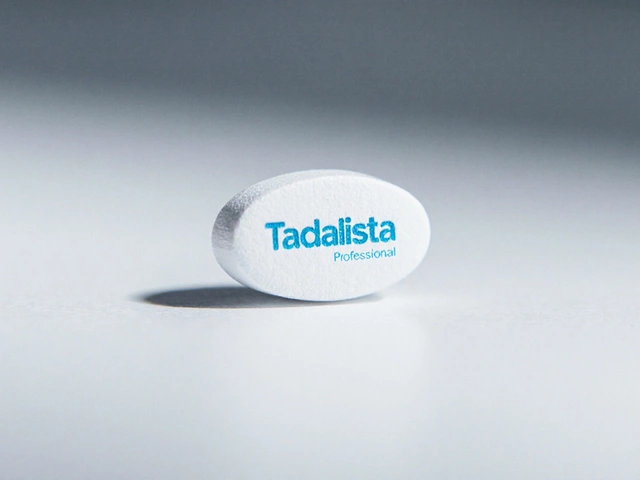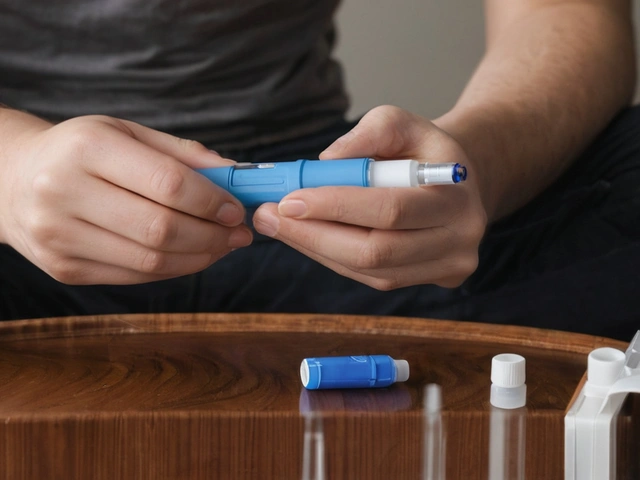Unruptured Aneurysm: What It Is, How It’s Detected, and What You Can Do
When a blood vessel in your brain weakens and balloons out, it forms what’s called an unruptured aneurysm, a localized, abnormal bulge in a cerebral artery that hasn’t burst yet. Also known as a cerebral aneurysm, it can sit quietly for years without causing symptoms—until it doesn’t. Unlike a stroke or a heart attack, an unruptured aneurysm doesn’t always scream for attention. Many people live with one and never know it. But when it ruptures, the results can be devastating: bleeding in the brain, coma, or death. That’s why knowing the signs, risks, and detection options matters—even if you feel fine.
Not everyone with an unruptured aneurysm needs surgery. Some are monitored with regular imaging, others get treated with clips or coils. Risk factors like high blood pressure, smoking, family history, and certain genetic conditions increase your chances. Age plays a role too—most are found in people over 40. If you’ve had a family member with a brain aneurysm, or if you’ve had one before, screening might be worth discussing with your doctor. Imaging tests like MRI or CT angiography can spot these bulges before they become emergencies.
What you’ll find in the posts below are real, practical guides on related topics: how certain medications affect blood pressure (which can stress weakened vessels), what drugs might raise or lower your risk, and how conditions like diabetes or liver disease tie into vascular health. You’ll also see comparisons of treatments used in managing conditions that often overlap with aneurysm risk—like statins for cholesterol, antihypertensives, and even how hydration impacts vessel function. These aren’t just random articles. They’re pieces of the same puzzle: understanding how your body’s systems interact, and how small choices today can prevent big problems tomorrow. If you’re worried about an unruptured aneurysm—or know someone who is—this collection gives you the clear, no-fluff facts you need to ask better questions and make smarter decisions.





